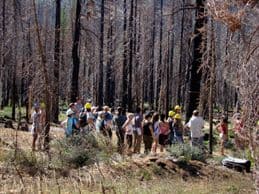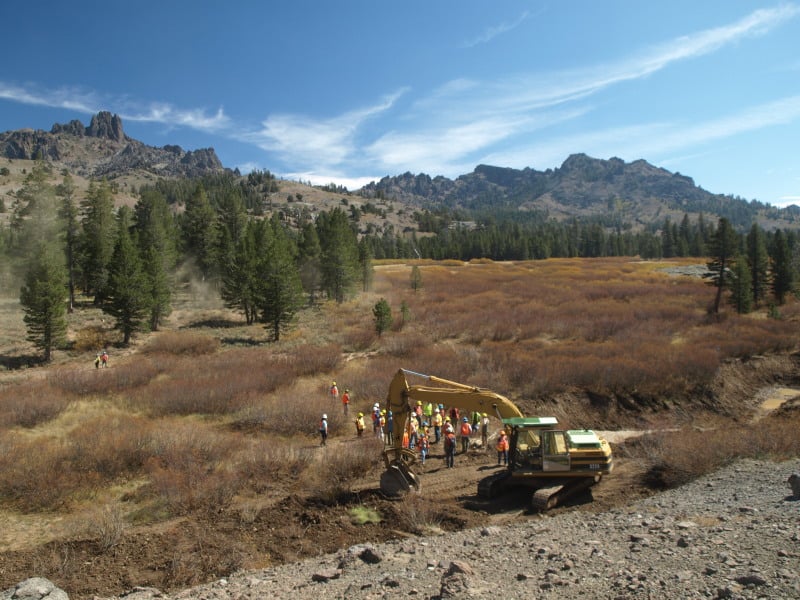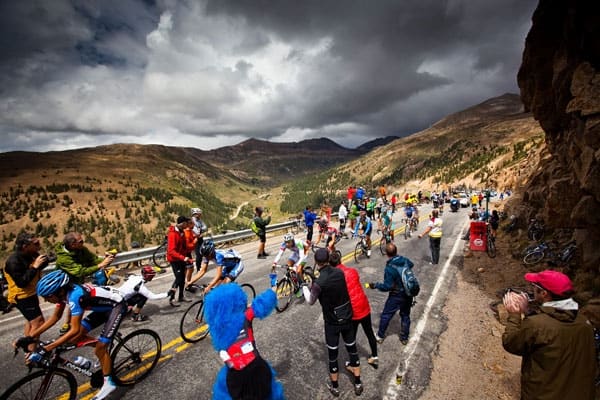
We have discussed the Angora project before on this blog.
Here’s the link to a Sacramento Bee article.
Here’s an excerpt:
In a published opinion issued Thursday, a three-judge panel of the 9th U.S. Circuit Court of Appeals said the Lake Tahoe Forest Plan did not require the Forest Service to demonstrate that the Angora project would maintain viable population levels of certain species, including the black-backed woodpecker.
The panel concluded that the Forest Service ensured the scientific integrity of the final environmental assessment, properly responded to dissenting scientific opinion, properly considered proposed alternatives to the environmental assessment, and took the requisite “hard look” at the impacts of the project.
Thus, the panel found, the Forest Service’s analysis of the environmental effects “was not arbitrary and capricious,” as that phrase is defined in federal law.
The opinion was authored by Circuit Judge N. Randy Smith, with the concurrences of Circuit Judges Stephen Reinhardt and Richard R. Clifton.
The Angora fire, determined to be human-caused, destroyed 254 homes and scorched more than 3,100 acres, including approximately 2,700 acres of national forest land.
In 2010, the Forest Service approved the restoration project to “reduce the amount of dead and downed trees” in order “to reduce long-term fuel (accumulation) to reduce future fire severity.”
The thinning project called for the removal of both live and dead trees. Twelve zones were “retained as habitat for a diverse set of species,” including the black-backed woodpecker. Most of the trees “will be hauled … for disposal at … biomass energy facilities.”
The Forest Service was free to proceed with the project once Burrell ruled. Both he and the circuit panel denied the environmentalists’ requests for an injunction halting implementation of the project pending appeal.
We have had numerous posts on this appeal and litigation. You can search on “Angora” in the search box to review the history.
We started with this post which I called “Much Ado about relatively little”. Check the comments out for a conversation between Dave Iverson and me on different aspects of the project and the assertions made.
So here we are, years and hundreds of thousands of dollars later. I wonder about the quantity of taxpayer funds have been spent on the original litigation and the appeal of the original decision, by the unit, the regional office, the OGC and by DOJ? It might be interesting to take a few cases at the beginning of litigation and just keep track of the tasks involved and who gets paid what, just so the public has a better idea of the investments they are making. Hopefully this is the end of the story for this 1411 acre project..
Here are the details as I found several documents ago.. those knowledgeable please let me know if this has changed.
Alternative 2, as modified, includes the following activities:
Fuel removal of standing dead and downed wood and thinning of live trees on
approximately 1,411 acres.
Within the 1,411 acres:
o 6 acres of conifer removal for aspen stand enhancement;
o approximately 77 acres of treatment proposed in wildlife snag zones (39 acres in
SEZ; 38 ac Subdivision);
o 13 acres of conifer removal for meadow restoration/aspen enhancement in the
Gardner Mountain meadow.A ground-based logging system on up to 964 acres (including 13 acres of Cut-to-Length
mechanical thinning in Gardner Mountain Meadow) located in areas with slopes under
30%.
New construction of new roads (up to 7.7 miles) and landings to facilitate fuel removal.
Reconstruction or opening of existing roads, trails, and landings to facilitate fuel removal.
Decommissioning/restoring 1.9 miles of road and 16.7 miles of trail.
Existing and new landings and staging areas would be utilized to facilitate removal of
fuels for ground-based operations.
Reconstruction of 1,200 feet of Angora Creek.
Treatment of the following noxious weeds: bull thistle, field bindweed, St. John‘s wort,
tall whitetop, and oxeye daisy.










